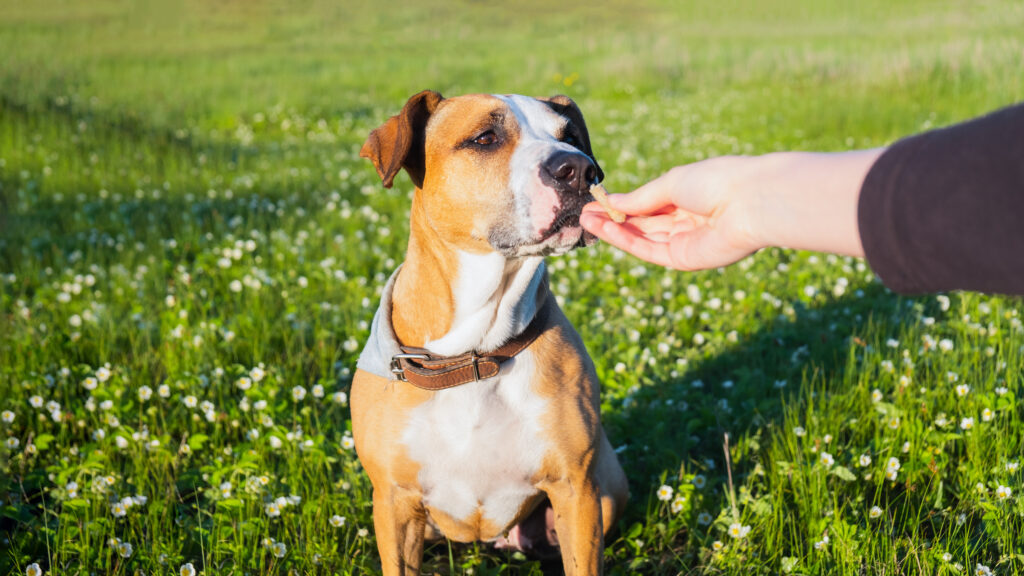
Dog Obedience Classes for Small Dogs: Mastering the Basics
Share
As a responsible pet owner, ensuring your dog is healthy is just as vital as raising an obedient companion. This is where dog obedience classes for small dogs come into play. These classes not only help strengthen the bond between you and your furry friend but also contribute significantly to their overall development and well-being.

Why Should You Enroll in Dog Obedience Classes for Small Dogs?
Although small dogs are often perceived as adorable and less threatening than larger breeds, they still require proper training to prevent behavioral problems. Obedience classes equip small dogs with essential commands that foster discipline and support their social, mental, and physical health. According to MasterClass, structured training can greatly enhance a dog's behavior, making life more enjoyable for both the pet and the owner.
The Health-Conscious Owner's Role in Dog Training
If you prioritize your pet's health, enrolling them in obedience classes goes beyond mere discipline. It's about nurturing your dog's mental and physical well-being. These classes can challenge small dogs intellectually while teaching them vital social skills. The link between physical activity and a healthy mind is essential, fitting perfectly with a health-driven approach.
What Makes a Great Obedience Class?
When searching for the best dog obedience classes for small dogs, consider these important features:
- Class Size: Smaller groups mean more tailored attention for your dog, which is especially important for the unique personalities of smaller breeds.
- Qualified Trainers: Experienced trainers know how to modify their methods to meet the individual needs of dogs, creating an effective learning atmosphere.
- Diverse Curriculum: Look for programs that cover a range of training techniques, combining positive reinforcement with trust-building that avoids intimidation.
To further enhance your understanding of effective dog training, check out this helpful resource.

How to Select the Right Training Class
Selecting the ideal class for your small companion involves considering factors such as:
- Location: Classes should be conveniently located to facilitate regular attendance without too much hassle.
- Trainer's Approach: Different trainers employ various philosophies in dog training. Ensure their approach aligns with your health-conscious values and emphasizes positive reinforcement.
Don't hesitate to have discussions with trainers and observe classes in action. Websites like Dog Obedience Classes Near Me can guide you in finding suitable environments for your pet's needs.
Common Questions About Dog Obedience Classes for Small Dogs
- When should I start training my small dog?
- What health benefits do obedience classes provide?
- Are there specific commands suited for small dogs?
It's best to begin training between 8 to 10 weeks after your puppy has settled into your home.
They can enhance mental health by reducing anxiety and helping dogs become accustomed to social settings, thereby promoting overall well-being.
Essential commands such as sit, stay, come, and heel are fundamental, improving safety and interaction in daily life.
Engaging in dog obedience classes for small dogs paves the way for a well-rounded life for your pet, bolstering both behavioral and health outcomes. By prioritizing factors like trainer expertise and class size, you lay a firm foundation for your dog's successful adaptation into your family life. For additional insights into enhancing training techniques, visit Best Dog Training Collars.
This article contains affiliate links. We may earn a commission at no extra cost to you.
